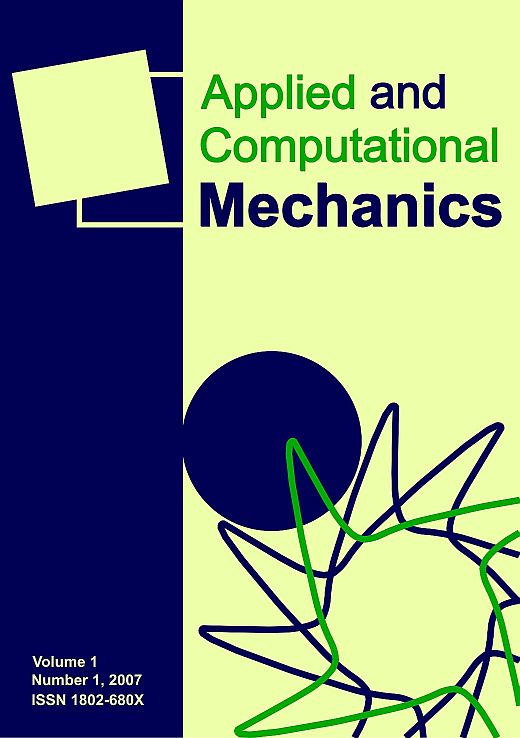FEM simulation of the size and constraining effect in lead free solder joints
Keywords:
von Mises criterion, ductile fracture, solder jointsAbstract
Due to the ongoing miniaturization in microelectronics, the influence of dimensional constraining effects on the strength of solder joints becomes increasingly important. Detailed investigations show a strong dependence of tensile strength and ductility on solder geometry. This paper focuses on FEM simulations of the thickness effect of Sn-3.5Ag solder gaps under tensile load. Solder joints and copper base material are simulated with an elasto-plastic material model in the framework of von Mises plasticity. Within the solder material a pronounced triaxiality of stress is observed. In consequence, the von Mises stress inside the solder material is considerably smaller than the longitudinal stress along the tensile axis. This leads to increased tensile strength of thin solder joints. However, the increase of strength also depends on the yield stress of the copper base material. The FEM simulations were compared with experimental results of tensile tests and satisfactory coincidence was found. The remaining deviation between experiment and simulation is explained by pressure dependency of the flow stress. In conclusion, a new pressure dependent plasticity model is suggested.
Downloads
Published
30-Jun-2012
Issue
Section
Articles
License
Copyright (c) 2016 Applied and Computational Mechanics

This work is licensed under a Creative Commons Attribution 4.0 International License.
How to Cite
“FEM simulation of the size and constraining effect in lead free solder joints” (2012) Applied and Computational Mechanics, 6(1). Available at: https://acm.kme.zcu.cz//article/view/169 (Accessed: 4 July 2025).







